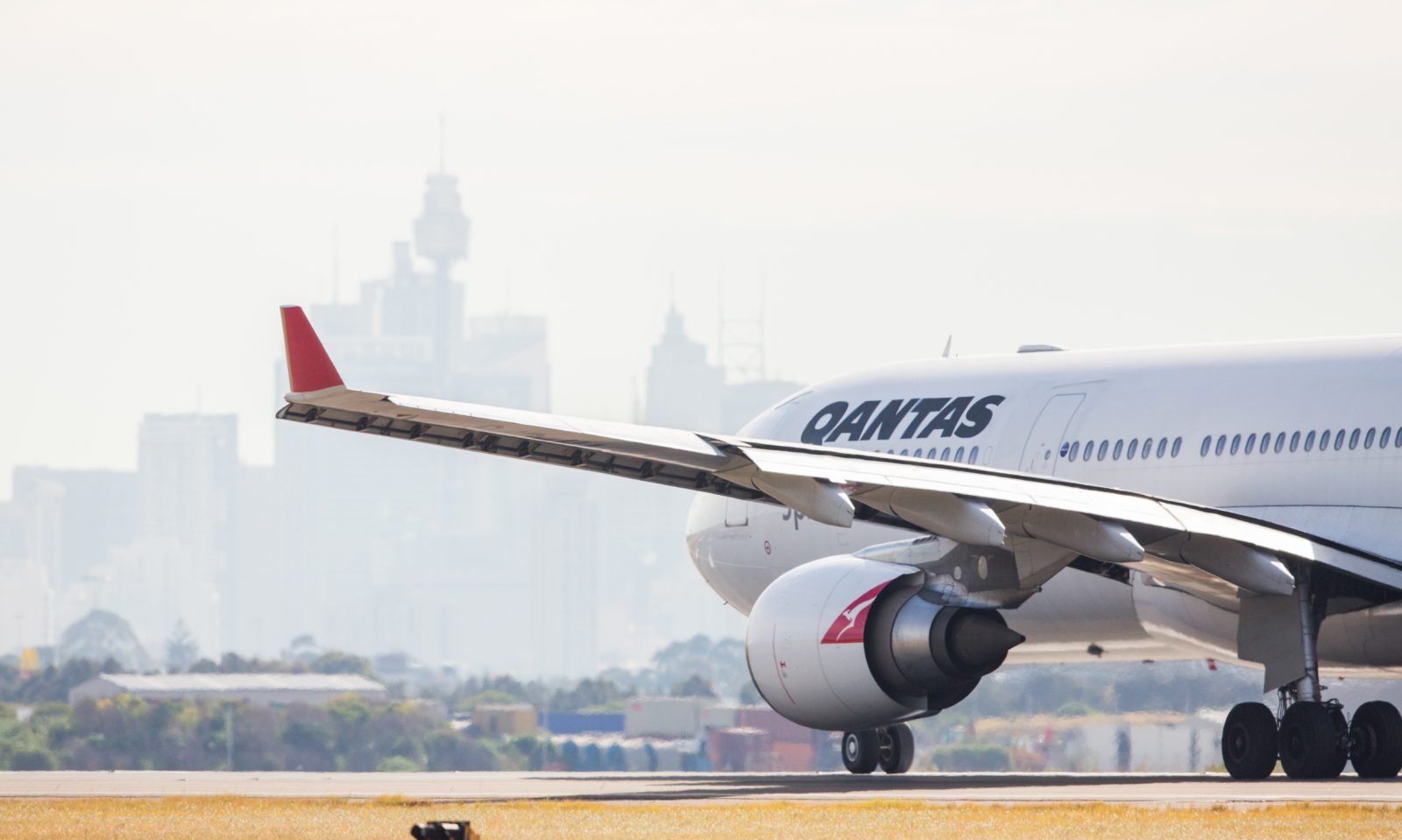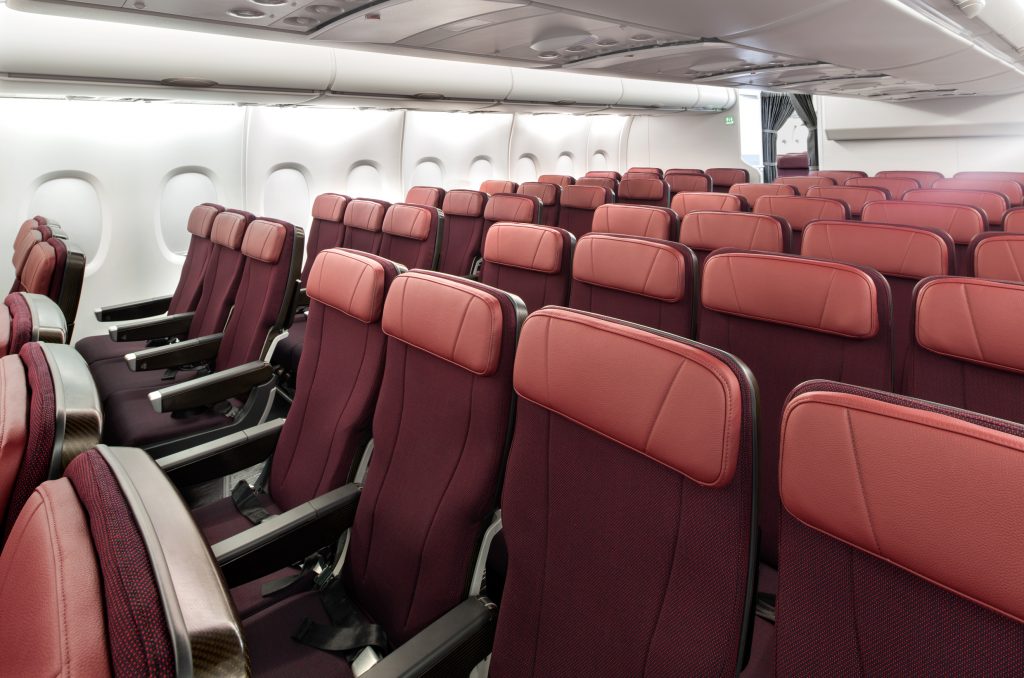
On March 19, more than 2,700 cruise ship passengers were allowed to disembark the Ruby Princess after just arriving in Sydney Harbour despite an outbreak of COVID-19 aboard the massive cruise liner. The incident resulted in one of the largest Coronavirus clusters in Australian history, resulting in 28 tragic deaths and more than 1,000 infections.
At least eight of the infections passed on after passengers were allowed to leave the ship have now been traced to a domestic Qantas flight between Sydney and Perth, Western Australia. The flight departed just hours after the cruise ship had docked in Sydney.

Researchers from Western Australia used whole-genome sequencing to identify the strain of the virus that infected passengers aboard the flight and linked it back to the strain onboard the cruise ship. This gave researchers confidence that at least eight passengers were infected during the flight. A further three cases were linked as probable in-flight transmission.
In total, 29 out of 241 passengers onboard the Qantas operated Airbus A330 tested positive for COVID-19 in the days following their arrival in Perth. All 11 passengers who either definitely or likely picked up the virus during the five-hour flight were sat in a smaller mid-cabin within Economy Class.
Disturbingly, researchers noted that the majority of so-called ‘secondary cases’ were sat at window seats. The findings cast doubt on the widely held view that there is a lower risk of exposure to viruses when sat at a window seat. Researchers noted that passenger movement may have contributed to transmission, although two victims denied ever moving from their window seats during the flight.
At the time, face masks weren’t mandatory onboard flights and few passengers chose to wore them on this flight according to witnesses. Symptomatic passengers were allowed to board the flight and weren’t required to wear masks.
But two of the passengers who were infected during the flight claim they did wear masks at least for a portion of the flight. Researchers weren’t able to determine whether wearing the masks may have at least reduced the viral load that they were infected with.
The case is the first known incidence of in-flight transmission onboard a Qantas aircraft.
“We had no idea that at least 60 passengers had come off the Ruby Princess and other ships where COVID was already spreading. Had we known, they would have been stopped from travelling,” commented Qantas medical director Dr Hosegood.
“As has been established by the special inquiry (into the Ruby Princess incident), the moment Qantas became aware that Ruby Princess passengers had been released and were travelling by air, we asked repeatedly for the manifest in a bid to stop these same passengers boarding any of our domestic or international flights,” he continued.
“But we were told by the Department of Health that the manifest could not be provided for privacy reasons. These passengers should have been in self-isolation at home or in a hotel.”
None of the crew operating the flight were infected and Qantas said strict hygiene protocols implemented as a result of the COVID-19 pandemic meant a similar incident of this nature was unlikely to occur in the future.
“It’s fair to say a lot of lessons have been learnt and community confidence in flying shouldn’t be diminished because of what was an exceptional and preventable set of circumstances early in the pandemic,” Dr Hosegood commented.
Related
Mateusz Maszczynski honed his skills as an international flight attendant at the most prominent airline in the Middle East and has been flying ever since... most recently for a well known European airline. Matt is passionate about the aviation industry and has become an expert in passenger experience and human-centric stories. Always keeping an ear close to the ground, Matt's industry insights, analysis and news coverage is frequently relied upon by some of the biggest names in journalism.







